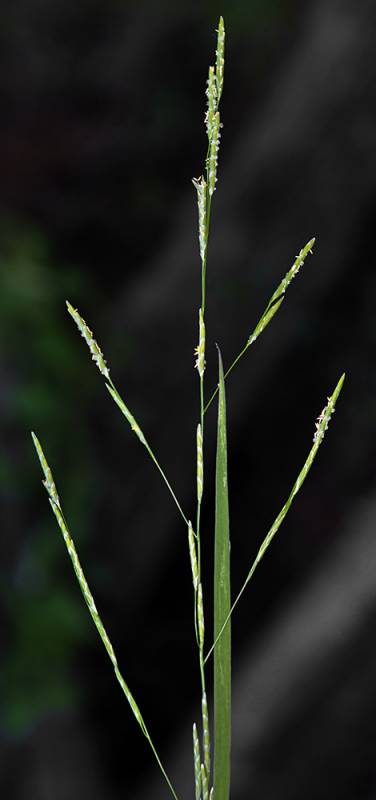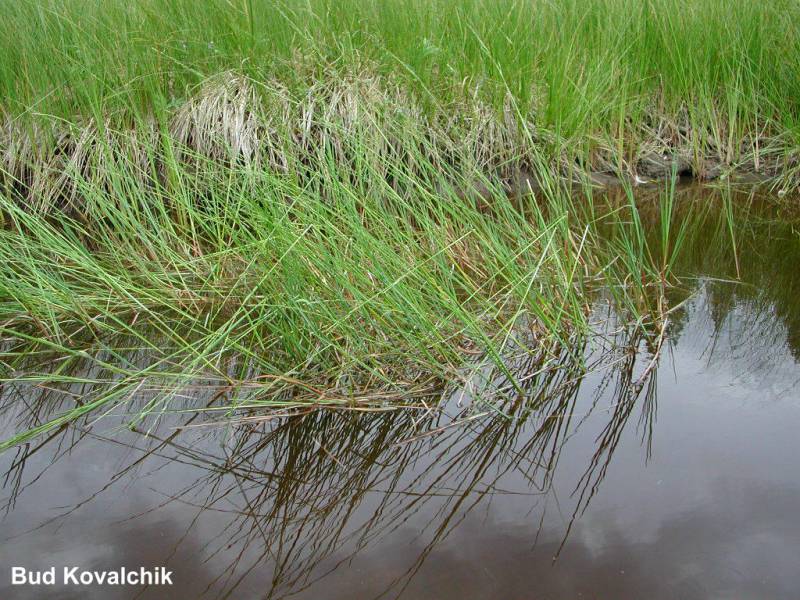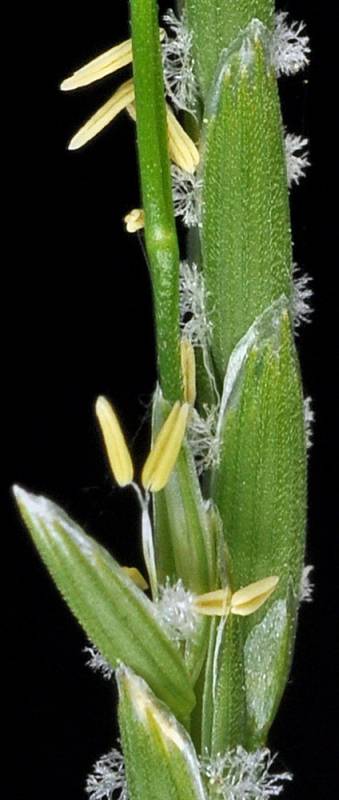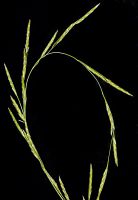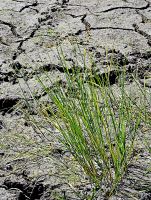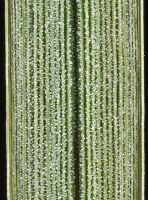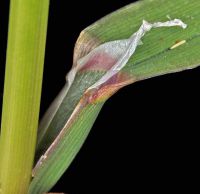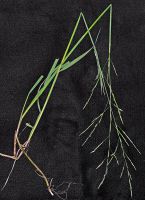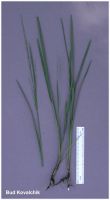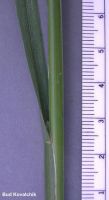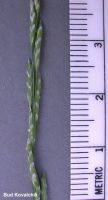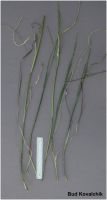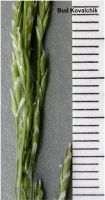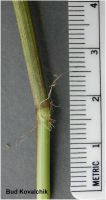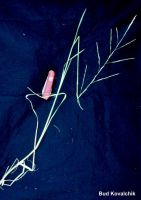Distribution: Occurring on both sides of the Cascades crest in Washington; Alaska to California, east to the Rocky Mountains, northern Great Plains, Great Lakes region, and northeastern North America.
Habitat: Swamps, wet meadows, and stream margins, often growing in 1-3 feet of water.
Flowers: May-October
Origin: Native
Growth Duration: Perennial
Conservation Status: Not of concern
Pollination: Wind
Strongly rhizomatous perennial, the culms erect to decumbent and freely rooting, up to 1 m. tall.
Sheaths open for 1-4 cm., flattened, glabrous; ligules 5-10 mm. long, entire but often splitting; blades flat or folded, 3-5 mm. broad.
Inflorescence a narrow panicle up to 4.5 dm. long, the branches ascending; spikelets 6- to 11-flowered, linear, terete, 10-12 mm. long; glumes papery, 1-nerved, the first 2-2.5 mm. long, the second slightly longer; lemmas 3-4 mm. long, prominently 7-nerved to the scarious upper margin, the nerves non-convergent; stamens 3.
Publication: Proc. Manchester Inst. Arts Sci. 1: 74. 1900.
PNW Herbaria: Specimen records of Glyceria borealis in the Consortium of Pacific Northwest Herbaria database
WA Flora Checklist: Glyceria borealis checklist entry
OregonFlora: Glyceria borealis information
E-Flora BC: Glyceria borealis atlas page
CalPhotos: Glyceria borealis photos

